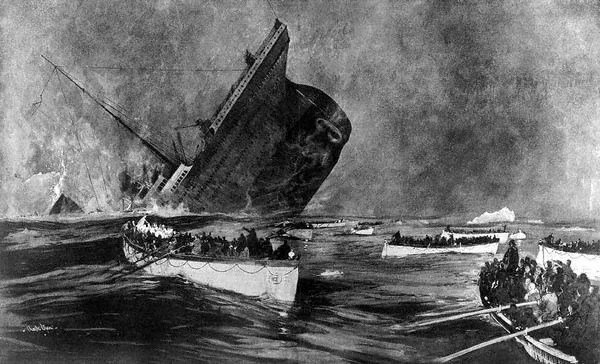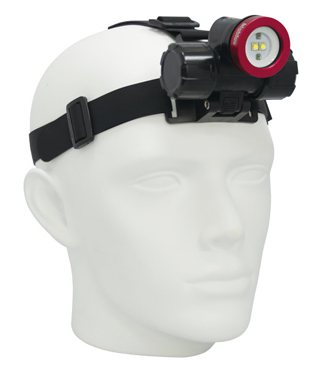The discussion of descent checks is important for every tech dive. Each dive could have different meeting spots. This could be challenging at times but is so important to execute a successful tech dive.
This is why some divers use waypoints as a reference during a dive to make sure everything is going as planned. Waypoints are reference points throughout the dive used for navigation, or in this case, descent checks. Waypoints will be objects or turning points during a dive to act as a reference for the dive.
This can be a number of things such as: Planes, trains, automobiles, big rocks, cliffs, storm drains, etc. It can also be a combination of things. It could be a waypoint, the time of the dive and/or depth. This will be determined during your pre-dive planning or briefing.
A typical midwest dive may look like this:
- Get in and do a pre-dive safety check.
- When everyone is ready, head down to approx. 20 feet. – do a descent check, s-drill, feel good check. Now head northwest.
- Once you reach 60 feet there is a boat. At that point we will do a descent check.
- Then we head west towards a shelf and then the cliff.
- At the cliff we will do a descent check again before heading along the cliff or down over the cliff.
- Going over the cliff, we then would do a descent check as we approach the bottom before continuing the dive.
This is a good example of using waypoints throughout the dive. This helps eliminates confusion and gives everyone an opportunity to make sure we are still a ‘go’ for the dive.
Note: The depth and the object is not relevant. If you are diving with an experienced, comfortable team, then you can do a descent check at 20 feet and then at some other point, 100 feet, the bottom, or what have you. Just make sure the whole team knows where these checks are.
By foregoing descent checks at waypoints could cause problems. A diver could develop a problem and needs your help to get out of it. It could be a hose issue, such as blown hose, malfunctioning regulator, leaky mask, etc. All of these things could use the assistance of a buddy. If you keep on going and do not utilize the checks, it could create bigger issues.
Waypoints give tech divers a reason to make the stop. When you are caravanning with people, you always have a checkpoint to stop, stretch the legs, and get something to drink. You would do the same thing in scuba diving with descent checks.
Have a discussion with your dive team. Figure out the dive plan. Waypoints are just another tool to make your tech dive more enjoyable and safe.
Butch Zemar “Scuba Butch” is a scuba instructor that has been diving for over 15 years with well over 2,000 dives. He teaches entry level divers as well as instructors at a heated pool in Chicago. Trainers from around the nation come to train in Chicago, so why not train with the best? “Scuba is a romance and entertainment business. We increase communication and relationships through the enjoyment of recreational activities. Visit http://www.ScubaButch.com
Article Source: http://EzineArticles.com/expert/Butch_Zemar/197007
PHOTO Credit:::Photo-Biotic Leigh Righton / Getty Images







Hello.This post was extremely remarkable, especially because I was looking for
thoughts on this topic last Saturday. http://neurobrilliance.org/
Thank you, glad you enjoyed the post!
Kathy Dowsett, Owner
Kirk Scuba Gear